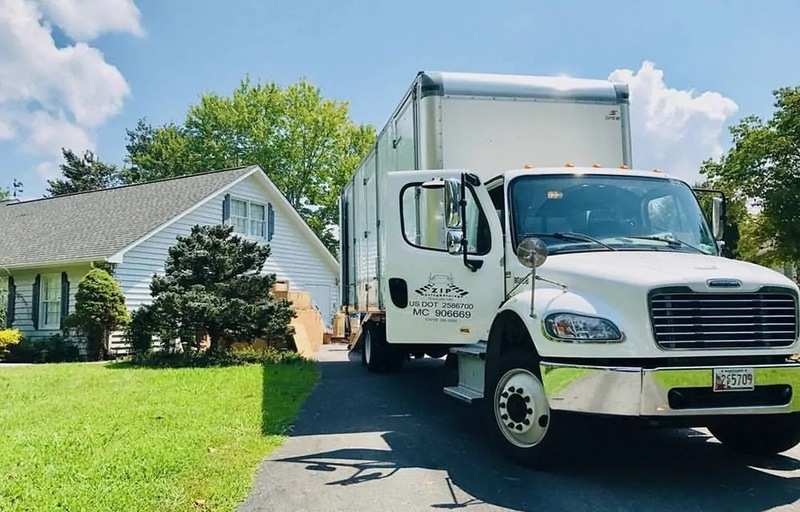

How to Predict Real Estate Future Market Values
Pricing a home’s value is based on several key variables. This can be tricky, whether trying to sell a house or considering making an offer on one. The process of estimating a home value is challenging even for those experienced in real estate.
For example, Amazon is planning to open a giant logistics and supply center in Prince George’s County, Maryland. This new Amazon hub is a relatively short distance from its new Northern Virginia headquarters.
For both of these areas, the prices of real estates skyrocketed. New opportunities and money will be injected into these communities and the demand for school districts in Maryland and Virginia will be in high demand.
To add to the complexity, the markets are in a constant state of fluctuation so estate prices can differ from initial evaluations.
There are six crucial factors to consider when estimating the value of an estate:
- 1. Sales Price in the Past
- 2. Neighborhood Quality/Comparable Homes
- 3. The Market
- 4. Nearby Features and Size
- 5. Appeal
- 6. Age and Condition of the Estate or House

Considering moving to another state or moving locally? it is important to know some facts about the real estate market and estate values. The moving process can be full of questions; whether estimating the moving cost associated with a particular area or whether the chosen home will rise or fall in market value. Read on to discover how to estimate a home’s current value and discover more about factors that affect future prices.
Sales Prices in the Past
The previous sale prices are one of the first things that real estate agents take into account when determining a home’s value. This factor depends on other factors from the list, but if a house has been sold for $200,000 last year, $205,000 the year before that and for $203,000 two years ago, it is reasonable to set the value around $200,000. The home value may vary once other factors are into consideration.
Neighborhood Quality
The location and neighborhood are very influential in determining a market value for a home. For example, if the neighborhood is placed within a highly rated school district, the price of the estate will rise. It is still unclear whether a good school district influences home prices or the other way around. If you are moving inside state lines, try to contact some locals to get a feel of the neighborhood you are moving into. If you are moving long-distance use internet searches and Facebook groups to ask questions and research all you can before you invest in a high moving cost without knowing the area.
The Market
If you are selling or buying an estate you should consider the state of the housing market. This can be found by staying on top of current events that affect interest rates for loans. Also, home prices fluctuate according to the changes in the economy and prices are based on the supply and demand principle.
Nearby Features and Size
Location, location, location. Homes that are close to shopping centers, easy access to major highways, or near big business operations have a higher market value than harder to reach homes.
Curb Appeal/Interior Layout
The curb appeal of the home is very important to most people. Many homebuyers will rule out a home before they even step inside. If a home buyer does enter the home they often gravitate more to a traditional or neutral layout. This may make a home with an artistic layout more affordable regardless of the money spent creating the feel of the home.
Age and Condition
Newer houses generally require less maintenance than older houses. Thus, frequently newer homes are sold for more money. However, an older house that has been properly maintained and cared for may have a certain appeal and sell for the same price or more than a newer house. It is important to have a home inspection completed on a potential new home before investing in the moving costs and before starting to pack up belongings. Any home can have problem areas that cannot be seen without the untrained eye. Home inspectors are trained to inspect and report on structural integrity, electrical work, plumbing, and HVAC appliances.


Comments